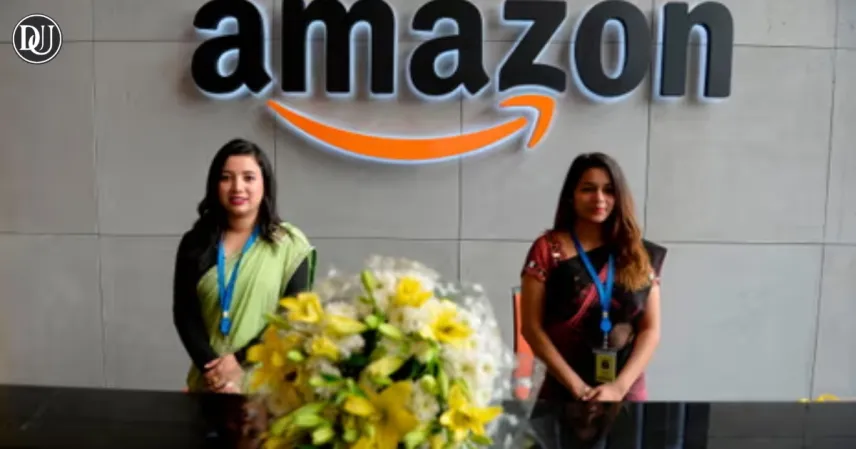Amazon India has officially joined the fast-growing quick commerce race with the launch of its 10-minute delivery service in select parts of Delhi. This marks a significant shift in the company’s e-commerce strategy as it gears up to meet the demands of a new generation of consumers seeking ultra-fast delivery of groceries and everyday essentials.
With the quick commerce market already being dominated by players like Zepto and Blinkit, Amazon India’s entry adds a heavyweight competitor with deep logistical and financial resources. Backed by extensive infrastructure and a strong technological backbone, the company is preparing to redefine convenience in Indian online shopping.
Quick Commerce Push: A Timely Move
The demand for quick commerce has been surging in urban India, driven by consumers who prioritize speed and convenience. In major cities like Delhi, Mumbai, and Bengaluru, platforms like Zepto and Blinkit have already established strong user bases with promises of delivery within 10–15 minutes.
Now, Amazon India is making a move to not just participate in the segment but to potentially dominate it. The company's initial launch in Delhi is expected to serve as a test bed for further expansion into other metropolitan cities and eventually Tier 2 and Tier 3 towns.
Samir Kumar Leads the Transformation
The quick commerce vision is being spearheaded by Samir Kumar, Vice President at Amazon India. He has been instrumental in rolling out the strategy that focuses on blending cutting-edge logistics with customer-centric innovation.
Under Kumar's leadership, Amazon India has developed mini-fulfillment centers within dense neighborhoods and deployed smart routing systems to ensure delivery times of under 10 minutes. His goal is not only to provide fast delivery but also to expand the platform's reach to the next 200 million customers across the country.
Beating the Competition with Scale
While Zepto and Blinkit may have first-mover advantages in quick commerce, Amazon India brings unmatched scale and precision. The company’s logistics arm already reaches across thousands of pin codes, and it’s now being adapted for micro-fulfillment and faster delivery cycles.
Another competitive edge is Amazon’s Prime membership. The integration of quick delivery options into the Prime benefits portfolio could provide added incentive for customer retention. Users already familiar with the platform may be more inclined to trust it for urgent daily purchases as well.
Serving the Next 200 Million Indians
Amazon India’s quick commerce ambitions are not limited to Delhi. The company sees this move as part of a broader effort to onboard the next 200 million customers, many of whom live in semi-urban and rural parts of the country.
To do this, the platform is localizing its offerings — supporting regional languages, voice search, and enabling local sellers to participate in rapid delivery. Smaller warehouses and neighborhood delivery hubs are being established in growing towns to bring grocery and household items to users faster than ever before.
Technology at the Core
Advanced technology is at the heart of this transformation. Amazon India is relying on AI-driven demand forecasting, real-time inventory updates, and route optimization to power its 10-minute delivery promise. The company has also introduced eco-friendly delivery options, such as electric bikes in high-traffic zones.
Delivery agents are equipped with real-time tracking tools, and customers are notified of the entire process from order confirmation to doorstep delivery, adding transparency and reliability to the system.
Balancing Speed and Sustainability
As quick commerce gains popularity, concerns about sustainability and profitability come into play. The operational costs of such fast services are high, and maintaining product quality during rapid transit is a challenge.
Amazon India appears to be addressing this with a hybrid strategy that combines central warehouses with hyperlocal distribution centers. Efficient packaging, sustainable delivery methods, and precision planning are being used to reduce waste and energy consumption.
Consumer Impact and Industry Shift
For consumers, the benefits are immediate — groceries and essentials are just 10 minutes away. For the industry, however, Amazon India’s entry signals a period of disruption and consolidation.
As more platforms rush to capture user attention with speed, the market could see price wars, innovation races, and deeper partnerships with local vendors. This could ultimately benefit consumers with better prices, faster delivery, and greater product variety.










